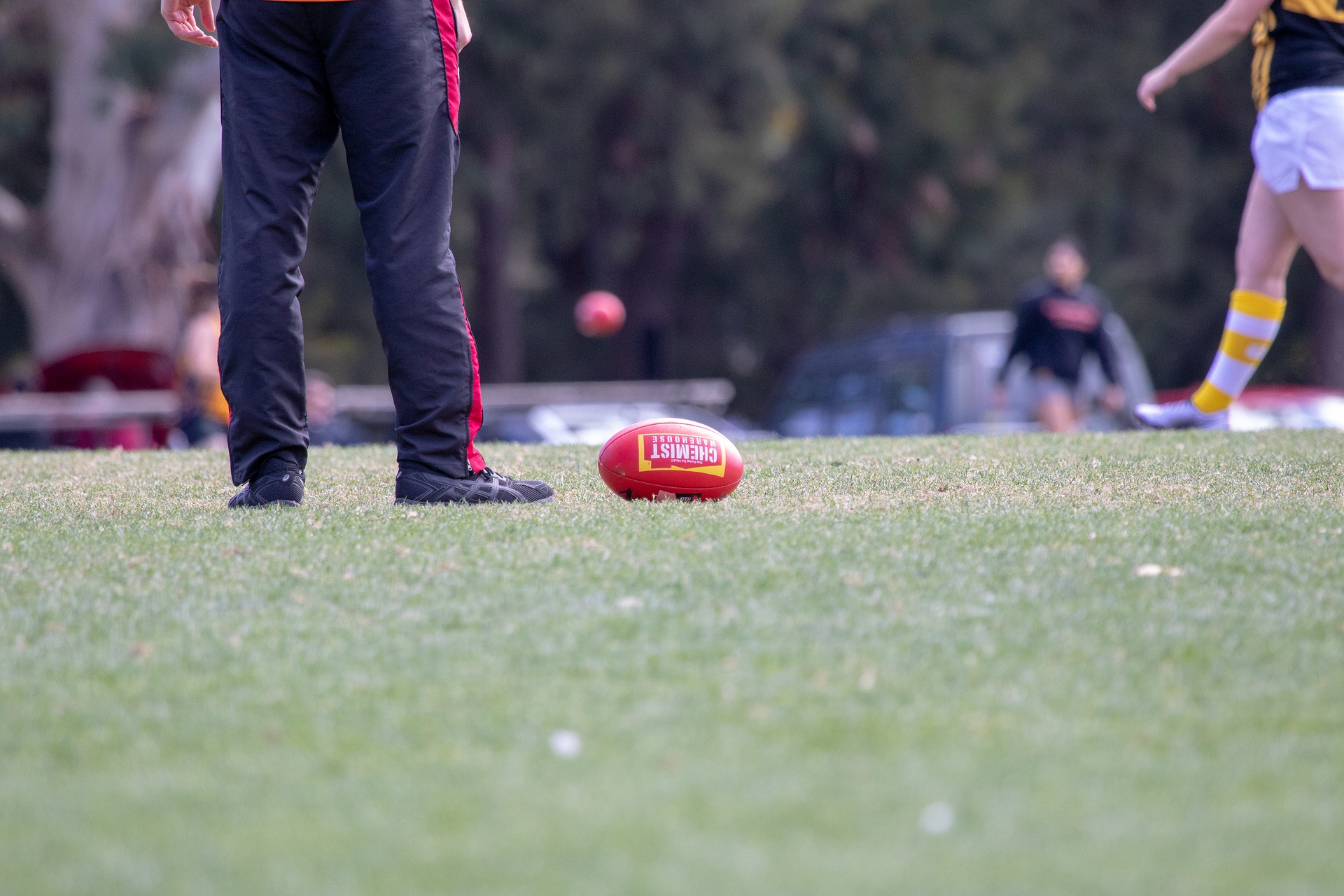The AFL Women’s competition has, by all objective measures, been a tremendous success.
The first game of the league’s inaugural season last year was a lockout, with 24,500 fans inside Ikon Park and thousands more stuck outside. While not every game since has reached those lofty heights, the crowd numbers at most games have been promising.
There have been some phenomenal players in the early going, with Erin Phillips, Emma Kearney, Brianna Davey and more capturing the imaginations of football fans, male and female, around the country.
But despite all of the obvious success, there is still a strong public perception that the quality of play in the league is not up to scratch.
That public view was only exacerbated by the controversial memo sent to clubs by the AFL after round one this season. The letter instructed AFLW teams on how they should be playing, in an attempt to make the football in the league more appealing to spectators.
This has raised the question of whether, as a fledgling league, the AFLW and its players should be given some more slack. For this, it’s worth comparing the AFLW to another recently formed competition, soccer’s W-League.
First contested in 2008, the W-League is now seen as one of the premier competitions in women’s soccer. However, the quality wasn’t as high in its earlier years, and it’s an interesting tool for the AFLW to get an idea of how new leagues can improve and develop.
The rise of the Australian women’s soccer team, the Matildas, has put a bigger spotlight on the W-League in recent years.
The league’s inaugural season took place in 2008, and in the ten years since it has grown from an almost entirely local league to a truly world-class competition.
Marianna Tabain played for the Perth Glory in that 2008 season, and says that the standard of play was worlds apart from what fans are seeing now.
“It wasn’t as good as it is now, the first season was a brand-new experience for all involved,” Tabain told upstart.
“The pace of the play was slower, there was limited knowledge of opponents and the teams consisted of mostly young and local-based players.”
There are parallels that can be drawn between the W-League and the AFLW in their early years—the young and inexperienced players Tabain mentions would be in a similar boat to the plethora of AFLW players coming from different sports.
Importantly, Tabain says that improvements didn’t happen straight away.
“It took a few seasons for the quality of football to improve—of course it doesn’t happen overnight, and it can’t be expected to,” she said.
“All leagues and sports around the world need time to grow.”
While it may be unfair to expect leagues to peak in their first few years, some level of growth is expected from fans and organisers alike.
Spectators need signs of improvement from a league, otherwise they may become disillusioned with the product.
One of the biggest gripes many fans have had with the AFLW is the lack of high-scoring games. While it can often be hard to measure the “quality” of a game, scoring is a tangible statistic that can be measured and compared.
In the inaugural season of the W-League, there was an average of roughly 3.2 goals scored per game. That number actually dropped in the second season, with a 3.13 percent decrease to 3.1 goals per game.
It wasn’t until the 2010/11 season, the league’s third instalment, that a sizeable increase in scoring was seen. That year, there were 3.57 goals scored per game, an 11.56 percent increase from the inaugural season.
Two seasons of AFLW football is a small sample size, but the early growth in scoring is encouraging. The first season of the competition saw an average of 65.82 points per game, a low mark even when allowing for the shorter games that the AFLW plays.
This season, that figure jumped drastically to 70.57 points per game. That’s a 7.22 percent increase already, and if that trend can even go close to continuing over the next few years the league will be in a good position.
It’s worth noting that in most statistical studies, an increase of 5 percent is considered to be “statistically significant.” The fact that the AFLW has hit that mark after just two seasons is a positive sign for the growth of the league.
A significant advantage the AFLW has is the extensive media coverage it already receives. The W-League took years to be accepted into the mainstream media, and Tabain says that kept the league in the dark.
“Looking back on the W-League, it was not embraced as much as other female sports in their early stages,” she said.
“The coverage of the W-League was also extremely limited compared to what it is now, and therefore not as many people were exposed to the league or the players.”
With the positives come the negatives, as the extra media attention on the AFLW has amplified the criticisms and let pundits pick apart its flaws.
Tabain says it’s important to remember the circumstances that most AFLW players have to juggle.
“People forget that most of the women’s players in both the W-league and AFLW need to balance jobs or degrees that most professional men’s players don’t need to do,” she said.
“Put it this way—I have no doubt that if the women within both leagues were paid as fulltime professional footballers and were in a professional environment for 10-12 months of the year, the quality of play would only get better.”
Jacob Doole is a third year Bachelor of Media and Communications (Sport Journalism) student at La Trobe University. You can follow him on Twitter @JacobDoole






